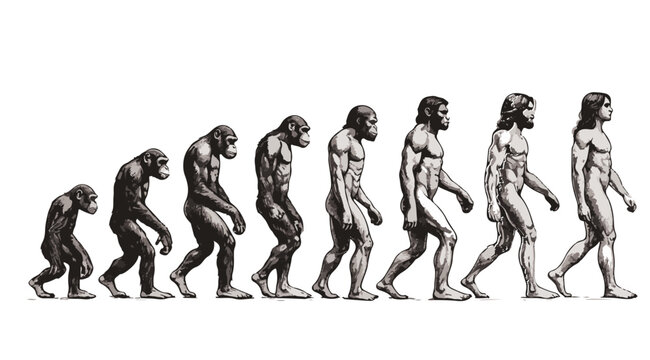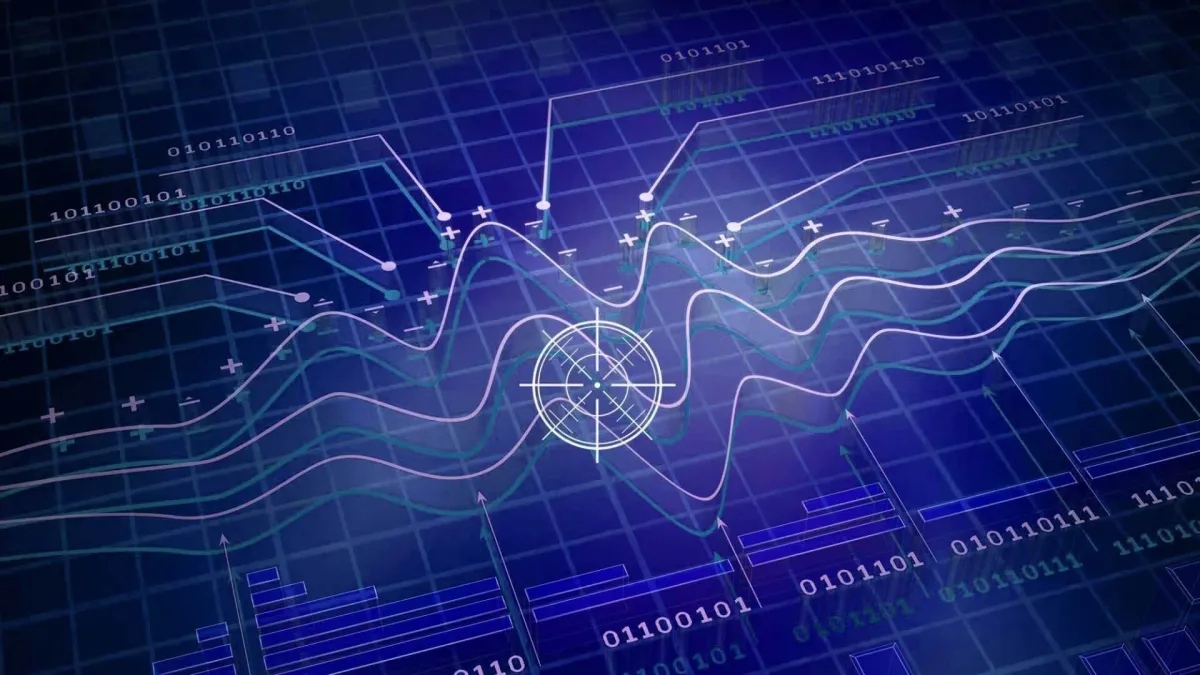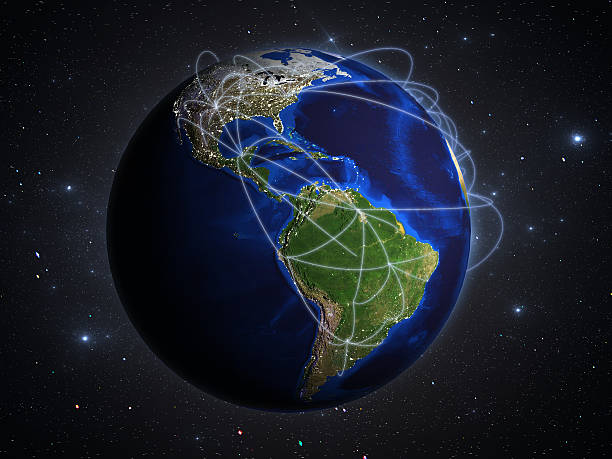Artificial Intelligence. The phrase alone carries a strange mix of fascination and fear. It’s the promise of a future where machines think, create, and maybe even care. But it’s also a source of anxiety—a world where robots replace us, algorithms judge us, and technology grows beyond our control.
AI has become one of the most misunderstood fields in modern science. Popular movies, clickbait headlines, and half-truths on social media have woven a tangled web of myths around it. We imagine sentient robots, machine uprisings, and computers with human emotions. But the truth about AI is both less dramatic and far more profound.
Let’s take a deep, honest look at fifteen of the biggest myths about Artificial Intelligence—and uncover the reality that lies beneath the fiction.
1. AI Thinks Like Humans
Perhaps the most common myth is that AI “thinks” the way humans do. When we hear that a computer “understands language” or “makes decisions,” we often imagine a mind similar to ours behind the screen.
In truth, AI doesn’t think at all—at least not in the human sense. Modern AI systems, like large language models or image recognition networks, work by processing vast amounts of data and recognizing patterns. They don’t experience consciousness, self-awareness, or emotion.
A machine learning model can predict what word comes next in a sentence or identify a cat in a photo because it has learned statistical relationships between patterns. It doesn’t know what a “cat” is—it just knows that certain shapes and pixels often appear together when the label “cat” is given.
Human thinking involves curiosity, emotion, memory, morality, and imagination—dimensions AI cannot access. The intelligence of machines is narrow, specific, and task-oriented. It’s powerful, yes—but it is not human.
2. AI Will Soon Become Conscious
This myth thrives on science fiction. Movies like Ex Machina or Her show AI developing consciousness, love, or morality. But no evidence suggests that machines are anywhere near that level of awareness—or that such a transformation is even possible.
Consciousness arises from biology, not code. It’s a product of evolution, shaped by billions of years of sensory experience, emotion, and survival. Computers don’t feel hunger, fear, or love. They process information.
Even the most advanced neural networks today are mathematical systems built to minimize error in predictions. They don’t want or know anything. They can simulate empathy or conversation, but there’s no inner world behind their words.
Could consciousness ever emerge from artificial systems? Scientists and philosophers disagree. But as of today, no machine feels joy at a job well done or grief when it fails. Consciousness is still a uniquely human flame.
3. AI Will Take Over All Jobs
Yes, AI will change the world of work. But the idea that machines will take all our jobs is an exaggeration rooted in fear, not evidence.
Automation has always transformed industries. The printing press, electricity, and the internet all displaced certain roles—but they also created entirely new ones. The same will happen with AI.
Jobs involving repetitive, rule-based tasks are most vulnerable—data entry, basic analysis, or routine manufacturing. But AI struggles with creativity, empathy, and critical judgment—the very things that define human expertise.
Future economies will evolve, not vanish. New careers in AI ethics, data science, human-AI collaboration, and robotics maintenance are already emerging. Artists use AI as creative partners, doctors use it for diagnosis, and teachers use it to personalize learning.
The truth is, AI won’t replace humans—it will replace the parts of jobs that are mechanical, freeing us for what’s imaginative, emotional, and meaningful.
4. AI Is Always Objective
We like to think of machines as neutral. After all, a computer doesn’t have opinions or biases, right? Unfortunately, that’s a dangerous myth.
AI learns from data—and data reflects human society, with all its prejudices and inequalities. If historical hiring data shows bias against certain groups, an AI trained on it will replicate that bias. If social media data reflects stereotypes, the algorithm will amplify them.
This is called algorithmic bias, and it’s a growing ethical concern. AI models don’t intentionally discriminate—they simply mirror the world they’re fed. But when these systems are used in hiring, law enforcement, or finance, biased outputs can harm real people.
The solution isn’t to abandon AI, but to design it responsibly. Transparent data practices, diverse development teams, and ethical oversight can help ensure that AI becomes a force for fairness, not injustice.
AI is only as objective as the humans who build it.
5. AI Will Destroy Humanity
From doomsday predictions by philosophers to apocalyptic Hollywood plots, the idea that AI will destroy humanity is one of the most powerful—and persistent—myths of all.
Yes, there are real concerns about the misuse of AI. Autonomous weapons, surveillance technologies, and unchecked automation could pose serious risks. But this is not the same as AI deciding to wipe out humanity on its own.
Machines don’t have motives or goals unless we program them to. The danger lies not in AI itself but in how humans deploy it. Nuclear energy can power cities or destroy them; AI carries the same dual potential.
Organizations like OpenAI, DeepMind, and UNESCO are working on frameworks to ensure AI safety and ethics. Researchers advocate for “aligned” AI—systems that follow human values and operate transparently.
The true threat isn’t AI rebellion—it’s human irresponsibility.
6. AI Is Smarter Than Humans
Another myth paints AI as an unstoppable intellect, far surpassing human capabilities. While AI can outperform us in specific tasks—like playing chess or analyzing massive datasets—it’s not universally smarter.
AI’s intelligence is narrow. A chess-playing algorithm can defeat grandmasters but can’t tie its own digital shoes. A self-driving car can navigate highways but can’t cook breakfast or write poetry with true meaning.
Human intelligence, by contrast, is general. We can adapt, reason, feel, imagine, and transfer knowledge from one context to another. That flexibility is something machines still lack.
AI is a tool, not a superior being. It extends human intelligence—it doesn’t replace it.
7. AI Learns by Itself Without Human Help
The idea that AI “teaches itself everything” is seductive but misleading. While machine learning models can identify patterns autonomously, they still require massive human input to function.
Humans design the algorithms, choose the data, label samples, evaluate accuracy, and interpret results. Even in “unsupervised” learning, where AI looks for hidden structures, human researchers decide what to optimize and how to measure success.
Without human guidance, AI doesn’t evolve—it drifts. Data needs curation, and models need context. A self-learning system without oversight would likely produce nonsense or reinforce harmful biases.
AI doesn’t exist in isolation; it’s a collaboration between human creativity and computational power.
8. AI and Robots Are the Same Thing
In popular imagination, AI and robots are interchangeable. But they are not the same.
Artificial Intelligence is software—the algorithms, data models, and logic that enable machines to simulate aspects of intelligence. Robotics, on the other hand, is hardware—the physical bodies that perform actions in the real world.
A robot can operate without AI (like a vacuum cleaner following a preset pattern), and AI can exist without a body (like the language model you’re reading now).
When combined—AI-powered robots—they can interact with the environment intelligently. But equating the two oversimplifies both fields. AI is the mind; robotics is the body. Together, they form the next step of human-machine evolution.
9. AI Can Predict the Future
Some people believe AI can predict exactly what will happen—stock markets, elections, even personal choices. But AI doesn’t see the future; it estimates probabilities based on patterns in the past.
If the patterns change—as they often do in complex, unpredictable human systems—the predictions fail. That’s why financial models collapse during crises or why chatbots sometimes produce absurd answers when faced with new contexts.
AI’s strength lies in pattern recognition, not prophecy. It can forecast likely outcomes given enough data, but it can’t account for creativity, randomness, or human free will.
The future isn’t written in data—it’s shaped by decisions.
10. AI Has Reached Its Full Potential
Many assume that today’s AI systems represent the pinnacle of the field. In reality, we’re still in the early chapters of the AI story.
Current AI models are powerful but limited. They require enormous data, energy, and computing power. They lack understanding, reasoning, and adaptability. They can’t learn from small examples the way humans can.
Researchers are exploring new frontiers: neuromorphic computing, quantum AI, energy-efficient learning, and general intelligence that could someday reason abstractly.
AI today is like the internet in the 1990s—revolutionary, yet primitive compared to what’s coming. The breakthroughs ahead will be profound, but so will the ethical questions they raise.
11. AI Will Eliminate Creativity
“Machines can’t create art,” people once said. But today, AI composes music, paints portraits, and writes poetry. So the myth has evolved: “If AI makes art, human creativity will die.”
In truth, AI doesn’t kill creativity—it transforms it. Artists now use AI as a collaborator, not a competitor. It can suggest melodies, generate color palettes, or create surreal visual textures that inspire human imagination.
AI lacks emotion and purpose, the soul of true art. Its creations are reflections of patterns, not passion. But in human hands, those patterns become tools for new expression.
The most exciting art of the future will emerge from this partnership—a fusion of machine precision and human spirit.
12. AI Will Make Humans Obsolete
This myth is rooted in a deep existential fear—that we are creating something that will outgrow us. But technology has always extended human capability, not erased it.
AI can do things we can’t—analyze billions of data points in seconds or detect diseases invisible to the naked eye—but it also depends entirely on human goals, ethics, and values.
Machines don’t dream of replacing us; they help us become more than we are. They can accelerate discovery, enhance education, and even augment our minds. The future isn’t man versus machine—it’s man with machine.
Our challenge is not to compete with AI but to guide it wisely.
13. AI Is Too Complex for Ordinary People to Understand
Many people think AI is a mysterious, inaccessible science. While it can be technically complex, its basic principles are understandable to anyone.
At its core, AI is about teaching computers to recognize patterns and make decisions based on data. A spam filter, a voice assistant, or a recommendation system all operate on this principle.
Understanding AI doesn’t require advanced math—it requires curiosity. The more people grasp how AI works, the more we can participate in shaping it responsibly.
Demystifying AI empowers citizens, not just scientists, to decide how it should be used.
14. AI Will Always Get Smarter on Its Own
Unlike biological evolution, AI doesn’t naturally improve without effort. Progress in AI comes from human ingenuity—new algorithms, better hardware, improved data, and creative ideas.
If research stops, AI stagnates. Its intelligence doesn’t grow with time; it grows with learning and innovation.
The myth of self-improving AI often stems from fears about a “runaway superintelligence.” While some theoretical models discuss that possibility, no current system has that capability.
Machines don’t rewrite themselves into gods. They evolve only as fast as we push the boundaries of science.
15. AI Will Solve All Our Problems
The final—and perhaps most seductive—myth is that AI will save us from ourselves. Climate change, disease, poverty—surely AI will fix it all.
AI can help, no doubt. It can predict natural disasters, accelerate medical research, and optimize energy systems. But technology alone can’t solve human problems that stem from greed, inequality, or moral failure.
AI amplifies human power—it doesn’t replace human responsibility. A world where AI works for good is one where people make ethical, compassionate choices about how it’s used.
The machine doesn’t hold the key to salvation. We do.
The Human Future of Artificial Intelligence
Artificial Intelligence is not magic, and it’s not a monster. It’s a mirror—a reflection of human intelligence, creativity, and imperfection.
The myths surrounding AI reveal more about us than about machines. They show our hopes for transcendence, our fear of irrelevance, and our struggle to understand what intelligence truly means.
AI is not the end of humanity; it’s a new chapter in our story—a chance to build tools that amplify wisdom instead of replacing it.
The future will belong not to machines, but to the humans who learn to use them with humility, empathy, and imagination. The myths may fade, but the truth remains: Artificial Intelligence is not our rival. It is our greatest experiment in understanding ourselves.






